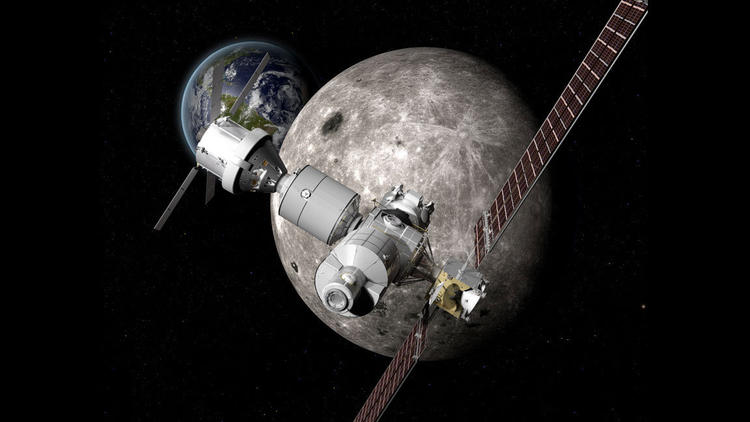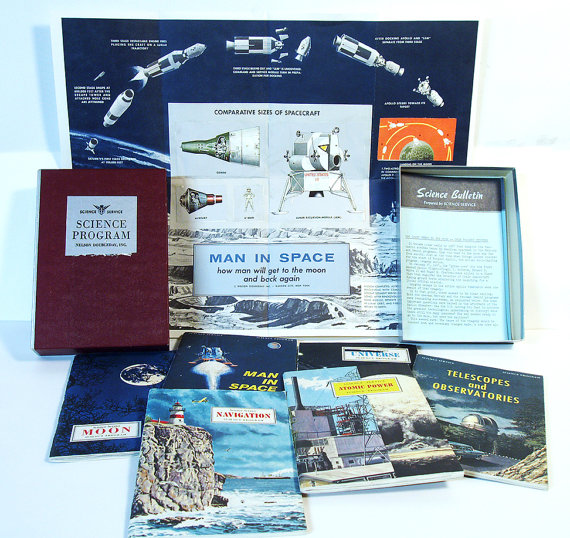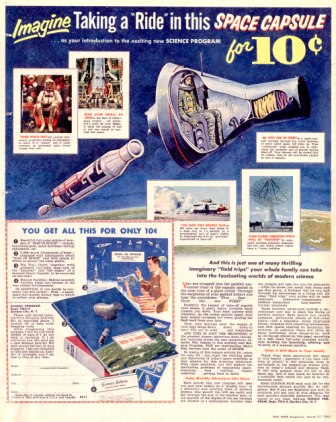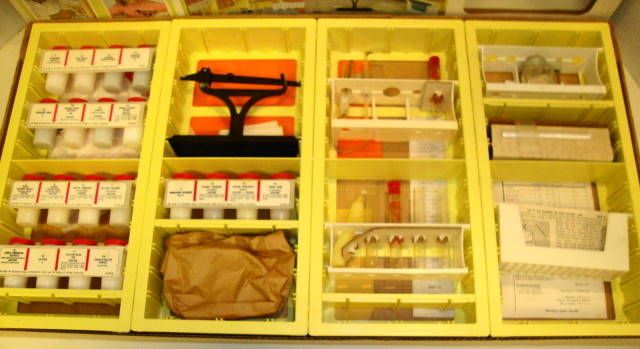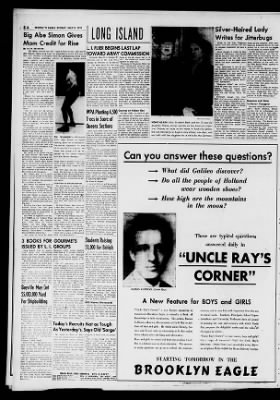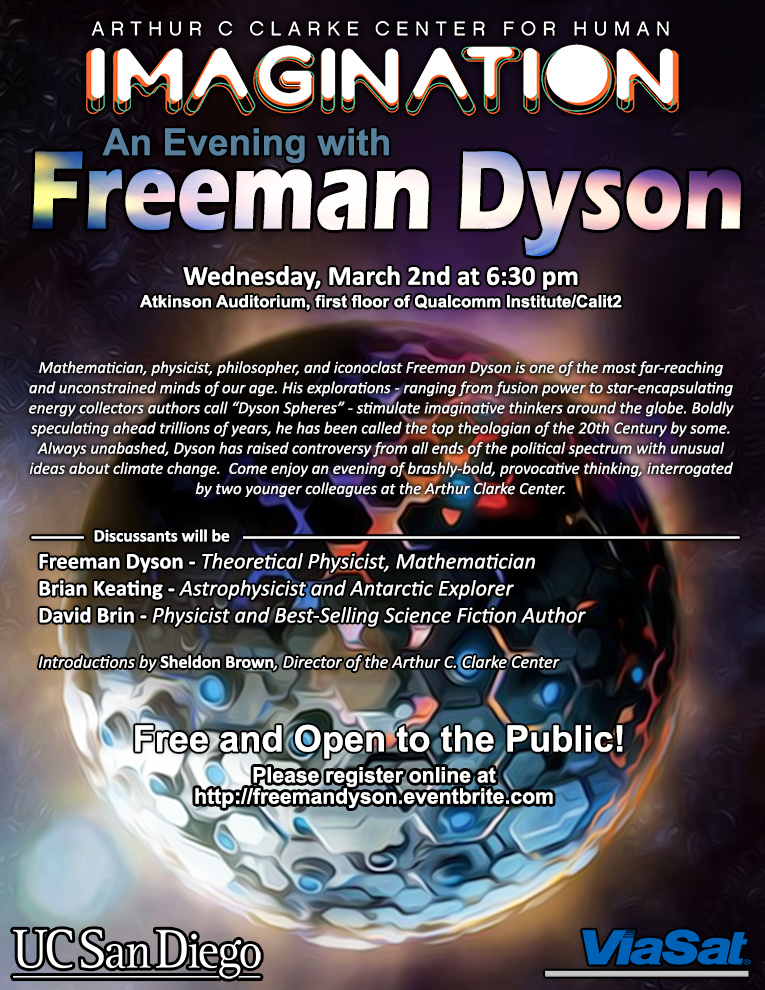By Carl Slaughter: (1) We are rapidly approaching a new singularity. Not a singularity in which the universe collapses under its own gravity. Not a singularity in which the progress of AIs outpaces the input of their creators. But a singularity in which scientists bring inventions out of the lab faster than science fiction writers can imagine them or craft stories about them, faster than patent attorneys can file claims for them. Only a few years ago, Pacific Rim depicted giant, piloted robots used for military purposes. This prototype bears a striking resemblance. The Pentagon is planning to use them to patrol the border of North Korea. I’m sure there’s no shortage of American warriors willing to climb into one of these mechanical beasts and adopt Idris Elba-esque.
“This giant manned robot might patrol the North Korean border” says BGR reporter Mike Wehner:
Robots can be terrifying all on their own, but stick a human being inside and give them control of the mechanical muscles that provide superhuman strength and you’ve got a recipe for a horror movie. South Korean robotics firm Hankook Mirae Technology has done exactly that, and its Method-2 robot just took its first steps towards world domination this week.
(2) It’s not (just) rocket science. The key to a successful, manned mission to Mars is the “invisible tool” of biotechnology. So says Maxx Chatsko, editor of Syn Bio Data, in “Boeing and SpaceX Aren’t Going Anywhere Without Biotechnology” for The Motley Fool. I would say, forget biotechnology for now. Instead, develop robotics, AI, and data analysis technology. Let androids pave the way for humans.
Radiation is far from the only threat to our health during interplanetary travel. Eighty percent of astronauts who participate on long-duration missions in space return to Earth with permanently altered vision. The condition was first recognized in astronaut John Phillips, who left Earth with 20/20 vision and returned with 20/100 vision after a six-month stay on the International Space Station. Doctors discovered that the shape of his eyes changed during his mission, which was shorter than a trip to Mars, because of pressure imbalances in the skull.
The only known treatment involves spinal taps or drilling holes into a patient’s skull and must be conducted at the onset, meaning in the zero-gravity environment of space. Aside from the logistical hurdles of performing invasive procedures in space, astronauts and future colonists — SpaceX and Boeing customers — would probably prefer a biological solution.
(3) Russian Terminator prototype. “Stay calm, citizens: Russia’s gun-wielding robot is definitely ‘not Terminator’”.
When it comes to fears of robots taking over the world, mental images inspired by Terminator immediately spring to mind. But if robots really were going to wage war against their creators some day, they wouldn’t be walking around with guns, would they? Thanks to Russia’s new military robot, a future filled with armed humanoid machines might actually be in the cards.
Robot FEDOR showed the ability to shoot from both hands. Fine motor skills and decision-making algorithms are still being improved pic.twitter.com/Y7IsciocPW
— Dmitry Rogozin (@DRogozin) April 14, 2017
(4) World’s largest X-ray laser. “Milestone on way to switching on world’s biggest X-ray laser”.
Scientists say they’ve reached a milestone on the way to switching on the world’s biggest X-ray laser, designed to capture images of structures and processes at the atomic level.
The DESY research center near Hamburg, Germany, said Wednesday it successfully fired electrons through a 2.1 kilometer (1.3 mile) particle accelerator.
(5) First glimpse of dark matter. “Scientists Created the First Composite Image of Dark Matter” at Yahoo! News.
Dark matter, which apparently looks at least a little like a ghost face, doesn’t absorb or reflect light, which makes it impossible to spot through traditional means. The only way to detect it is through gravity.
(6) Asia commercial space programs. “SpaceX doesn’t scare Asia’s space players” according to Yahoo! Finance.
The commercial space industry is dominated by Western heavyweights, such as Elon Musk’s SpaceX, Richard Branson’s Virgin Galactic and Jeff Bezos ‘ Blue Origin. But players in Asia say they aren’t worried about that competition.
As corporate spending eclipses government activity throughout the global space sector, Japan ‘s PD Aerospace and China ‘s Kuang-Chi Science are among Asia’s homegrown private firms planning to offer spaceflight services to civilians.
Shuji Ogawa, CEO of PD Aerospace, acknowledges that it’s unlikely Asian companies can rival SpaceX , Virgin Galactic or Blue Origin , but he said there’s more than enough demand to go around.
(7) Asteroid Hits Ocean, Humans Sleep Sound. A USA Today video shows “No, an asteroid hitting the ocean wouldn’t cause waves of destruction”.
Simulations show that unless an asteroid hit really close to the shore, humans would probably be safe.
(8) The game of alien life. “Gamers help scientists find exoplanets and maybe even extraterrestials”, a Newsweek interview with Michael Mayor, who made the first exoplanet discovery in 1995.
EVE Online’s fans are quick to remind you that it isn’t just a video game, it’s a hobby. You control a spaceship, mine asteroids and engage in massive space battles or old-fashioned piracy. But you don’t control your character in real time, instead setting up spreadsheets and codes that let the game play itself. EVE requires an analytical mind and is played by people who love numbers; computer programmers, software coders and even a NASA scientist or two.

